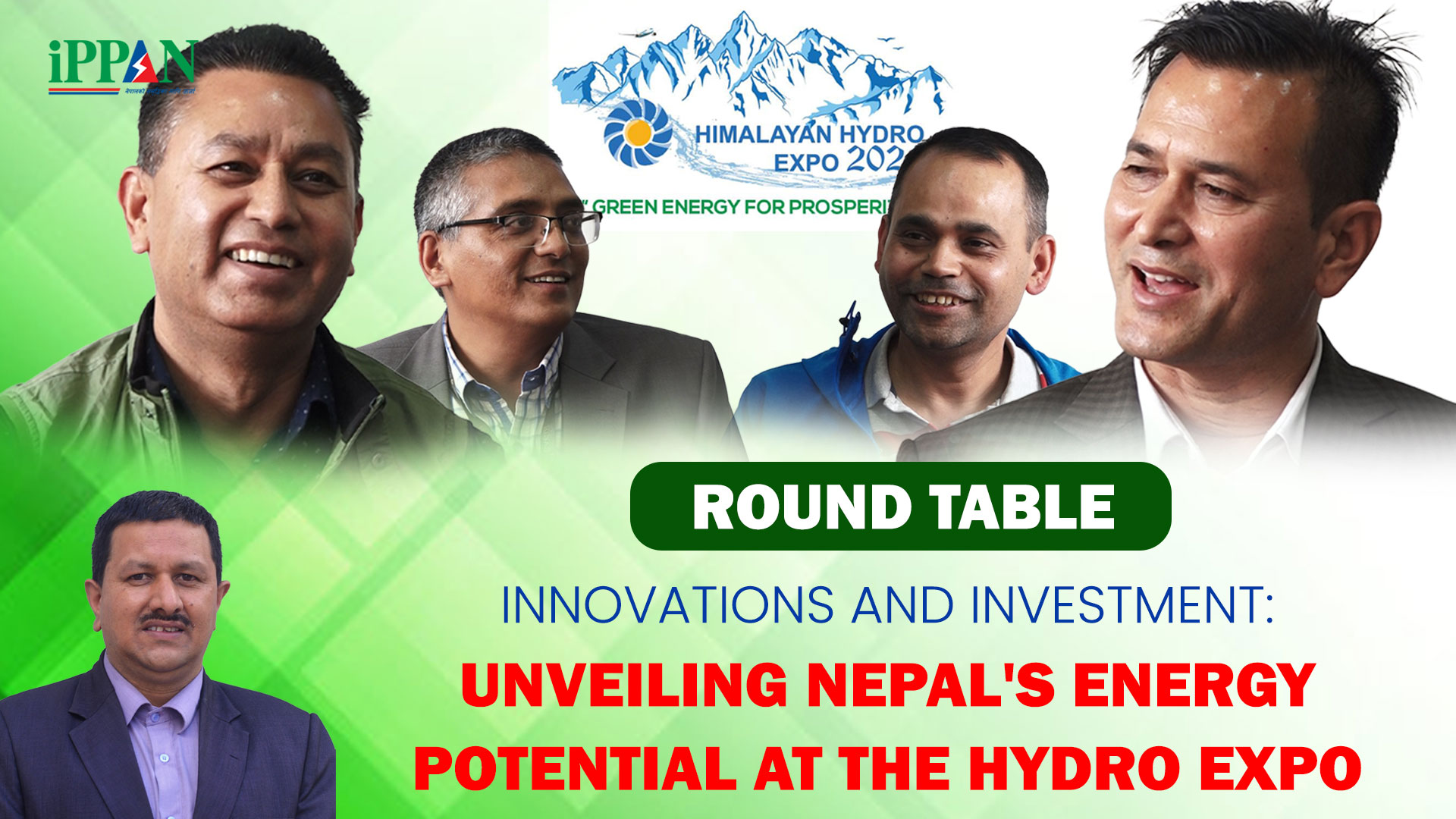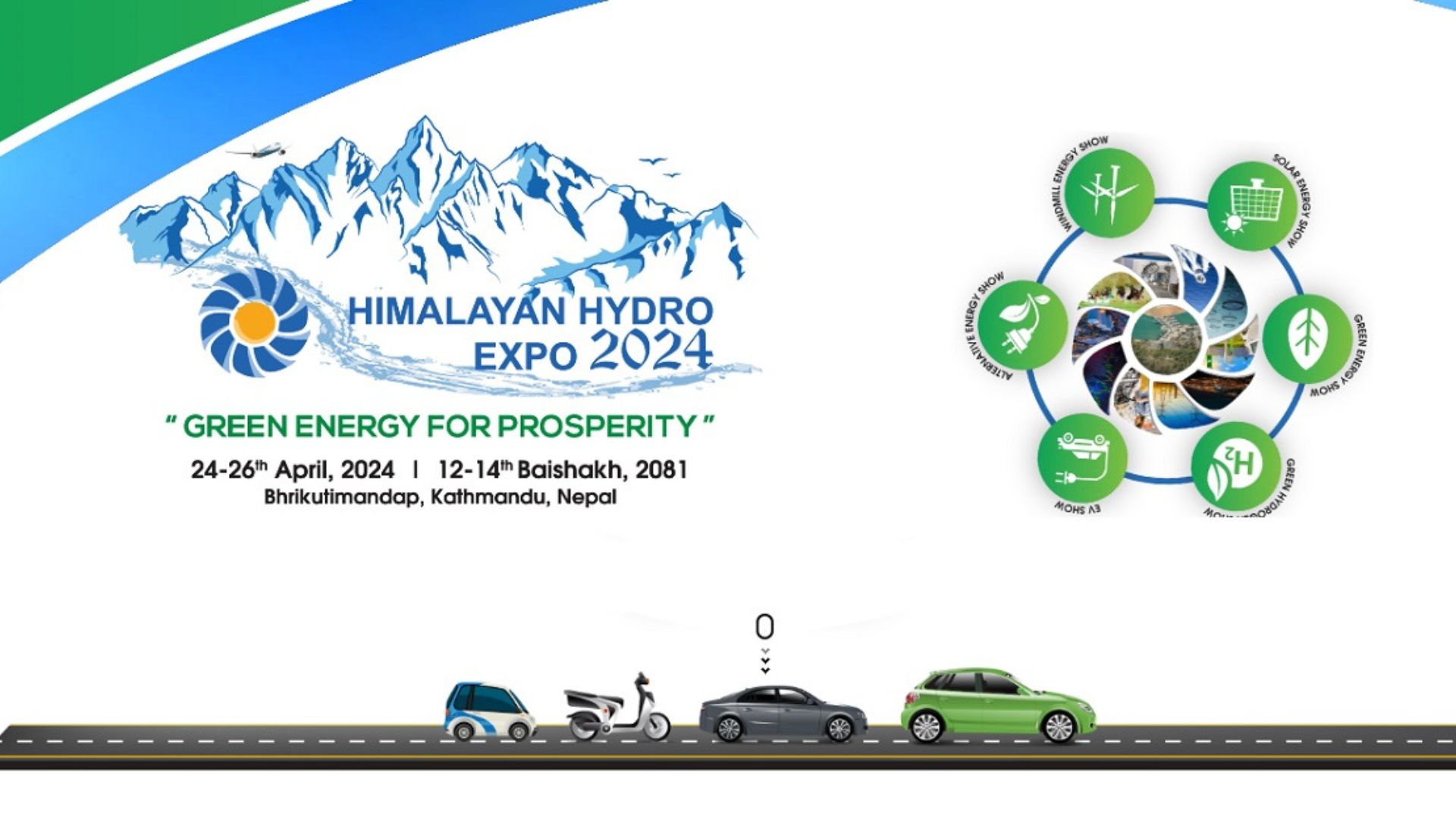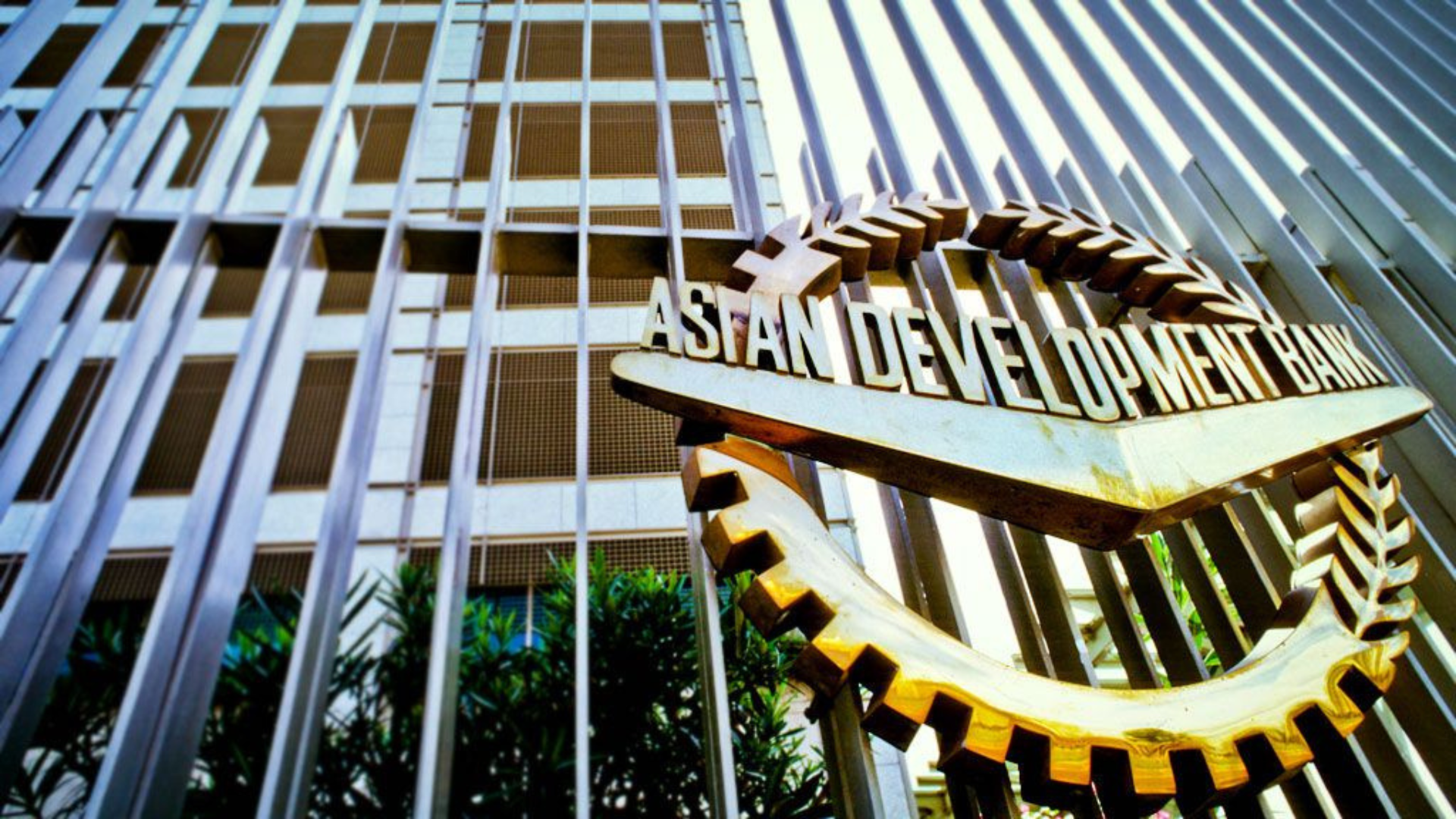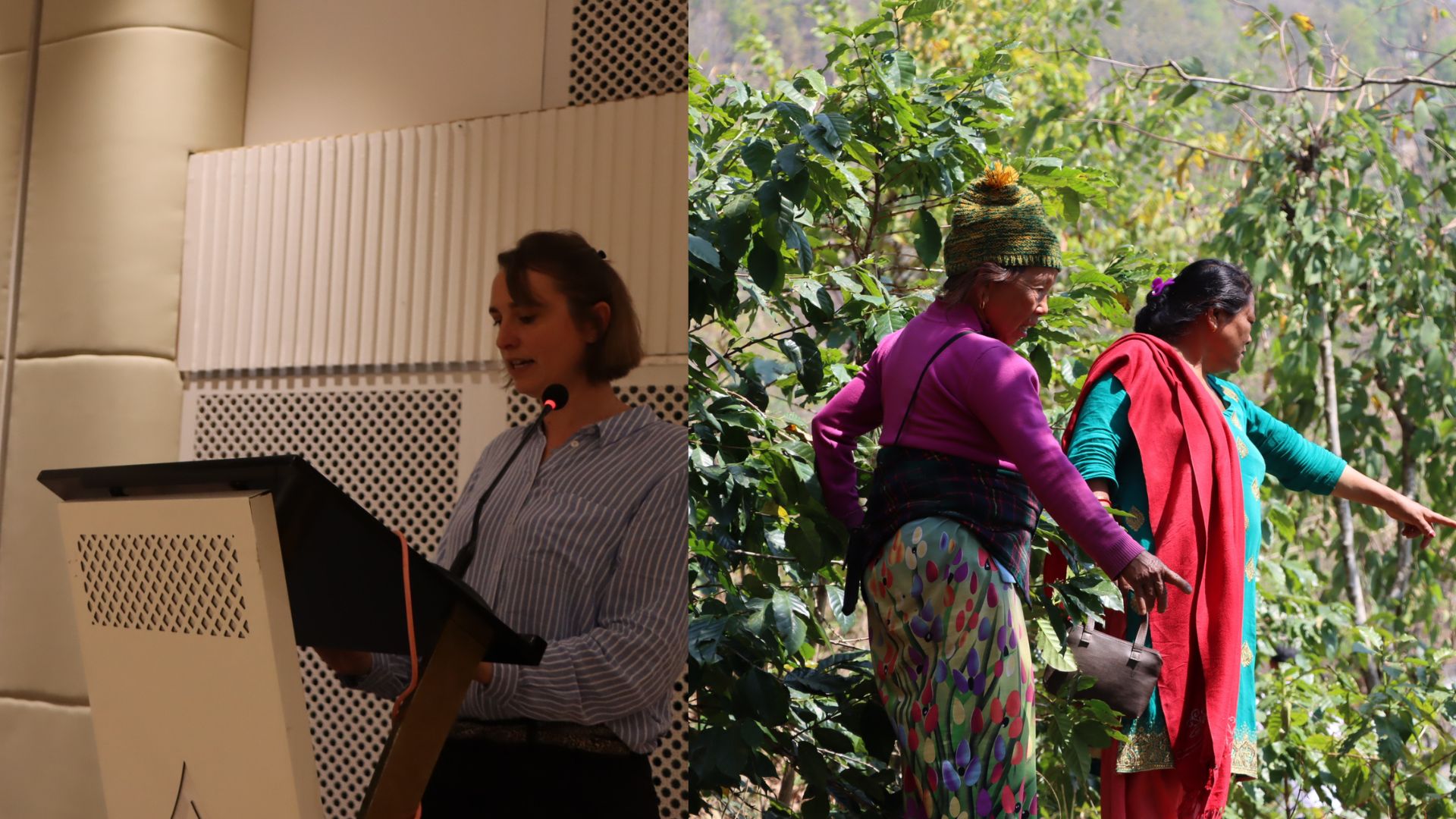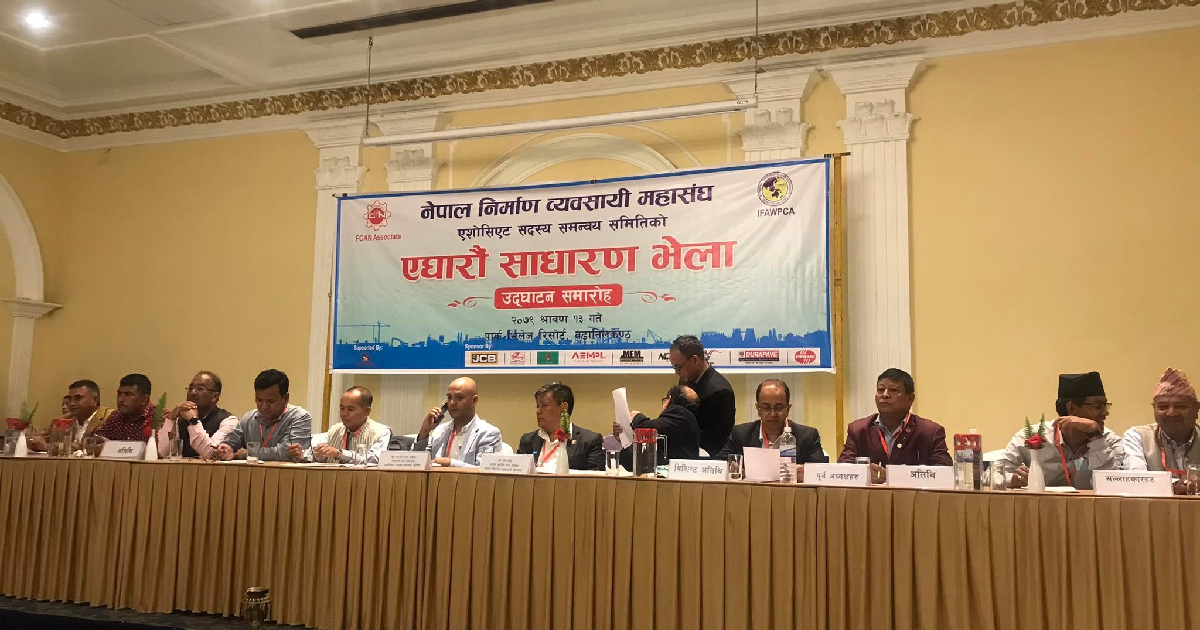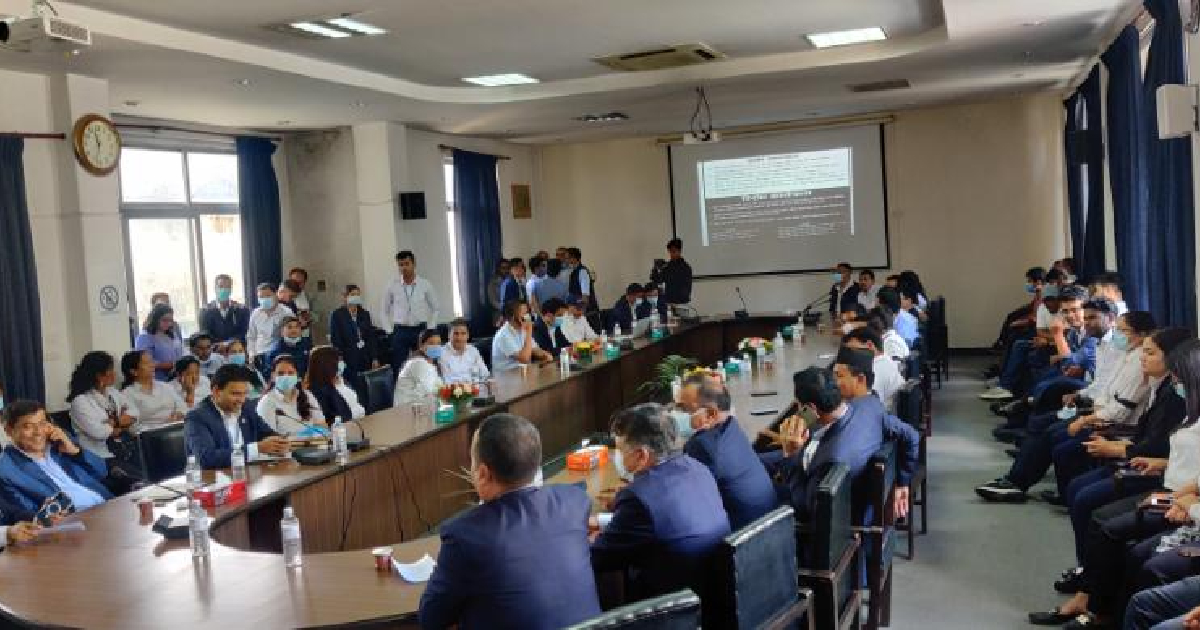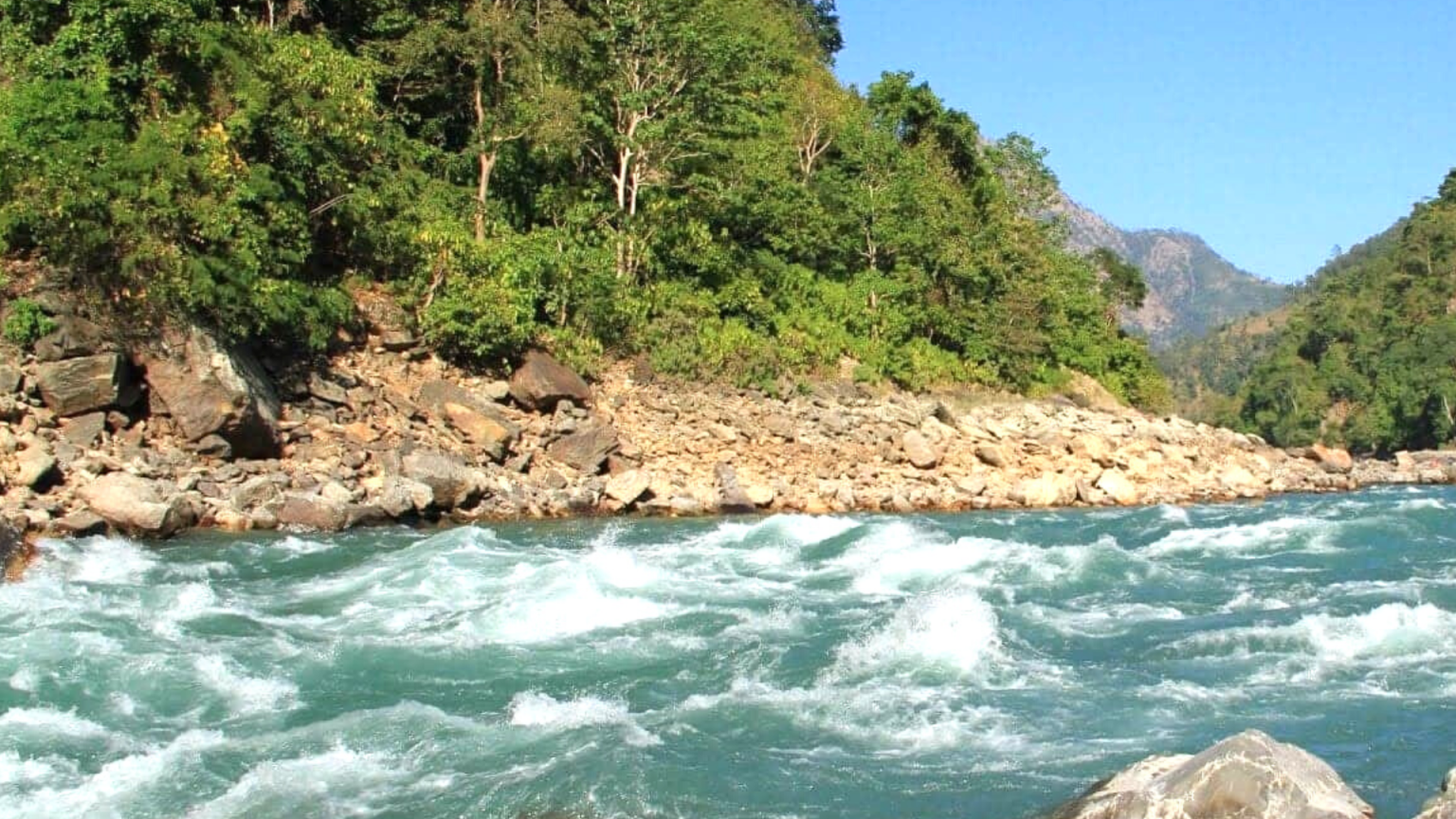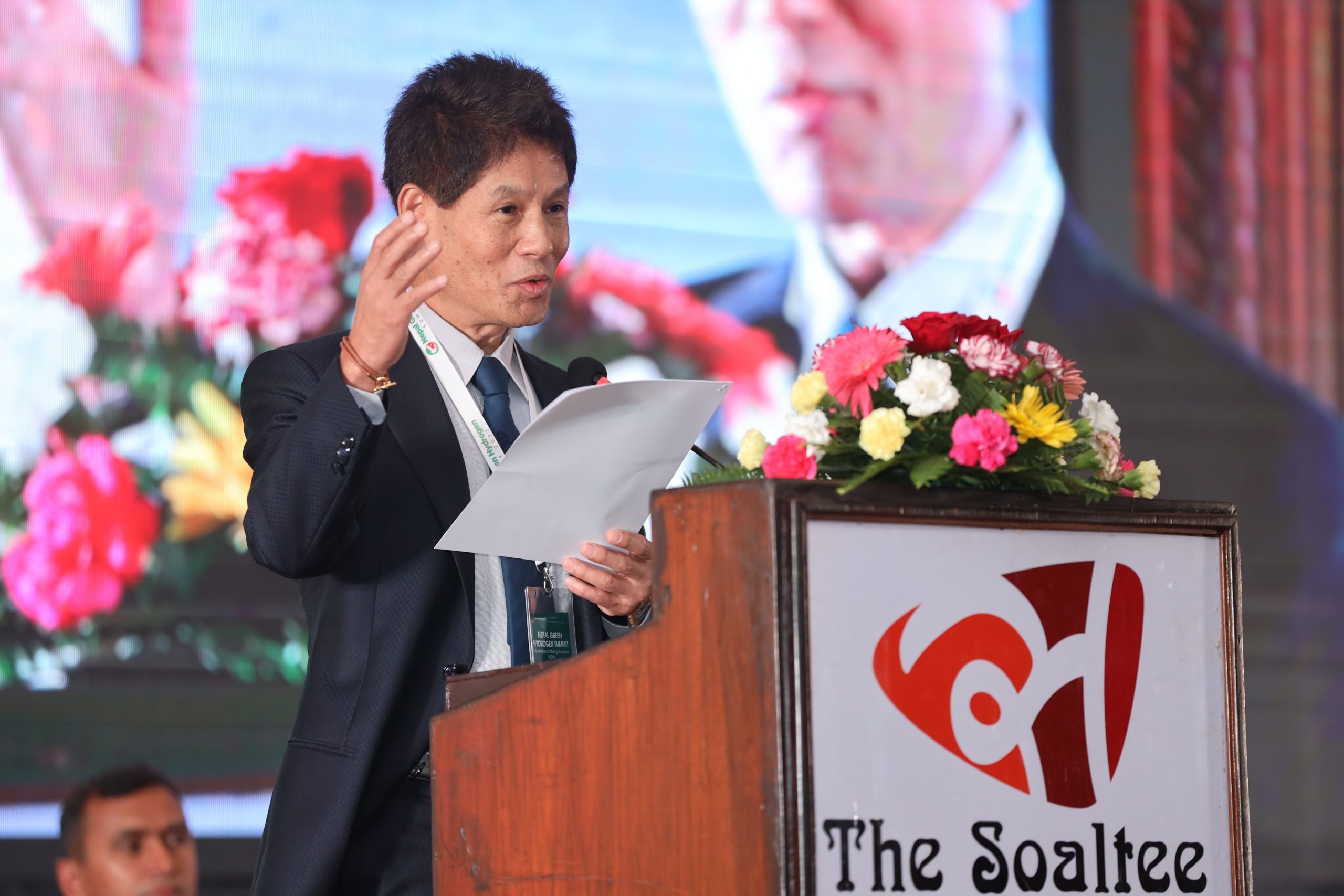

Shesh Ghale
After searching various research reports and articles, we have discovered the death of around 40,000 people in Nepal is directly linked to poor air quality. Similarly, a child born today will have their life shortened by more than two years. Likewise, our Himalayas are melting fast. 2020 study projected the eastern end of the range, in Nepal and Bhutan, could lose as much as 60 percent of its ice mass by 2100, relative to 2015, even in a low-emissions scenario, due to global warming. Isn’t this alarming? Certainly, there is no more climate change but we have a climate emergency today.
With the aim of finding solutions for this, we have further explored a bigger overarching and pressing agenda of “Greening Nepal” whilst the whole world has already embarked on alternative and renewable energies with the aim of saving the environment and reducing carbon emissions fulfilling respective climate goals.
It came across our minds that yet once again, we need to be a part of this global movement by taking the lead to start this initiative in our home country, Nepal with the hope that it can leave a lasting impact that will not only benefit the coming generations but also something that they can be proud of. Further, an uncertain economic environment, escalating climate vulnerability, the increasing economic and social cost of climate change and the need for all countries to reduce their carbon emissions compels Nepal to use this window of opportunity not just to internalize environmental externalities but also to pro-actively pursue innovative long-run multipliers.
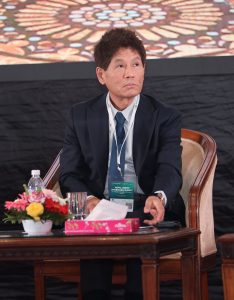

With the aim of finding solutions for this, we have further explored a bigger overarching and pressing agenda of “Greening Nepal” whilst the whole world has already embarked on alternative and renewable energies with the aim of saving the environment and reducing carbon emissions fulfilling respective climate goals.
Moreover, the recent Russia-Ukraine war has signaled to the world that it is time to focus on “going local” and being able to sustain and be resilient in key strategic areas like energy, fertilizers, and agricultural products. Thus, there is a compelling argument for investment in the clean energy sector and sustainable solutions to mitigate the impacts of climate change as well as help economic growth and create jobs. This is the main objective of this summit: Transition to a green economy by seizing the opportunities for sustainable development and climate goals, energy transition, and food security in Nepal.
Since the source of electricity in Nepal is hydroelectricity and the country is rich in water resources, green hydrogen can be cost-competitive in the global green hydrogen market.
In recent years, Nepal relies heavily on imported foods as well as fertilizers like urea which is critical to the Nepali agricultural sector. Even so, Nepal faces a fertilizer supply shortage every year, impeding agricultural production and food security. Green Hydrogen and the subsequent production of green ammonia can tackle the problem of supply of fertilizer as well as reduce reliance on fossil fuel to some extent in transportation and industrial sectors with the use of green hydrogen.
Since the source of electricity in Nepal is hydroelectricity and the country is rich in water resources, green hydrogen can be cost-competitive in the global green hydrogen market.
A report shows that Nepal could generate green Hydrogen at the cost of US$1.17/kg. For comparison, the production cost for green hydrogen is about US$5.5/kg in most geographies-higher than grey hydrogen produced using gas at below US$2/kg.
Thus, domestically, the production of green ammonia from green hydrogen can reduce the import of fertilizers, which can help the Nepali economy not only boost agricultural yield but also minimize the outflow of foreign reserves.
The government of Nepal doesn’t seem to have formulated a road map for the hydrogen economy let alone have a green hydrogen policy, but cooperation and support from key ministers encouraged us to be here today.
Along with the opportunities, there are also challenges. To realize these opportunities, the important step is to create an enabling environment and policies conducive to green hydrogen development. A Green Hydrogen Policy is required to open the door to a promising green hydrogen economy. The government of Nepal doesn’t seem to have formulated a road map for hydrogen economy let alone have a green hydrogen policy, but cooperation and support from key ministers encouraged us to be here today. Currently Levelized Capex of setting up Hydrogen Plant is not commercially viable without government subsidies and incentives. On today’s cost, installation of 50MW Electrolyser ranges close to 100m and a major component of opex is consumption of electricity.
The good news is big corporations/ funding agencies/investment banks all are catching up with ESG-focused investments as investments become more focused on ethical parameters Such projects would be attractive for ESG investment through its CO2 emission abatement. • Green Bonds may be a suitable vehicle • Concessional lending and some form of gap funding is essential to breakeven the project in the initial years
As usual, is the case entrepreneurs who are heavily principled on ESG must lead such projects as always, the case then policies follow and can go in tandem. It’s not about competition it is about cooperation and collaboration between corporations, governments and international agencies.
Therefore, through this summit, we want to bring dialogues for investments and policy decisions in green hydrogen technology and its integration into Nepal’s economy that will help Nepal ride the green energy wave, develop a competitive edge and be a part of the global green hydrogen value chain. So, it’s essentially greening Nepal and moving into first-ever Green Economy. This summit will revive the zeal for policy reforms in innovative financing modalities, foreign direct investments, further engagement of the private sector, technology adoption; and a solid foundation of policies, strategies, and governance.
Whilst we advocate conducive policy frameworks, we have to be mindful of what not to do? Such as keep subsidizing polluters or emitters?
Over the last 20/25 years, Nepal embarked on Hydroelectricity now its time to capitalize on and extend the journey from Hydro to Green Hydrogen.
We are already on renewables so its renewables to renewables? That means Nepal can be free of Hydrocarbons, Nepal can be free of imported fossil fuels, Nepal can be free from imported fertilizers, protecting food security.
Over the last 20/25 years, Nepal embarked on Hydroelectricity now its time to capitalize on and extend the journey from Hydro to Green Hydrogen.
Nepal can be free of CO2 – from the supply chain of fossil fuels to the value chain of green hydrogen to green Ammonia to green Urea etc., cleaner transport mobility, and cleaner industries to households.
Our mountains can breathe fresh air and the Himalayas can last forever. Then Rivers can flow forever and our children, grandchildren born and unborn can live longer, healthier, and more prosperous.
This is the very first Green Hydrogen Summit in Nepal, but it will certainly not be the only one. We will keep doing this and keep learning and trying to bring best practices from all around the world.
( Ghale is the chairman of MIT Foundation, one of the organizers of the Green Hydrogen Summit. This article is based on the opinion expressed by Ghale at the opening ceremony of the Summit)


